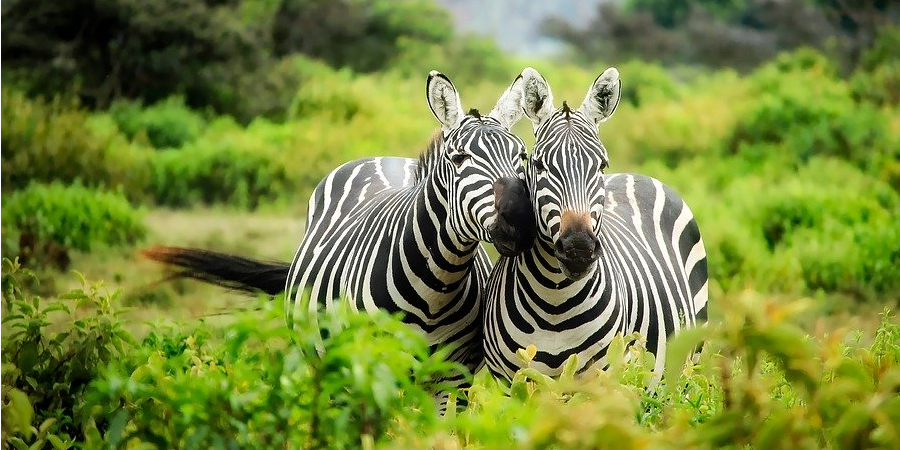Kenya is widely known for its wildlife reserves. This constitutes a significant part of the country’s foreign exchange through tourist attractions. The foreign exchange earned by Kenya is so massive. It is believed that the locals make up to $7.5 million in lease payments from wildlife conservancies and associations.
The busy periods are usually between June and October. There is usually a massive exodus of different species of wildlife across the Serengeti to the Masaarai Mara in Kenya during these periods. There is usually an enormous movement of wild animals such as gazelles, Zebras, wildebeests, and other animal species as they migrate across East Africa, searching for greener pasture. This migration is the largest and longest wildlife migration. It is popularly called the Great Migration—tourists from all corners of the globe troop to Kenya between these periods to observe this exodus.
However, the year 2020 is unique and will go down in the history of tourism in Kenya. It is a year the tourism and hospitality industry in Kenya will not forget in a hurry. It is estimated that tourism-related earnings in the year will drop by over 50% due to travel bans worldwide due to the covid-19 pandemic. Although the federal government ban imposed on international travels in March was lifted in August, Kenya has only welcomed 15,000 tourists against 250,000 in the same period last year.
The reality is that there is an ongoing enormous exodus of wildlife in Kenya, but they are very few tourists around to see this beautiful sight.









